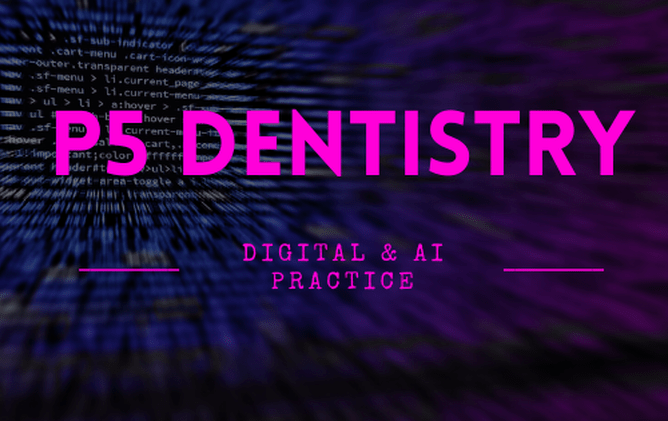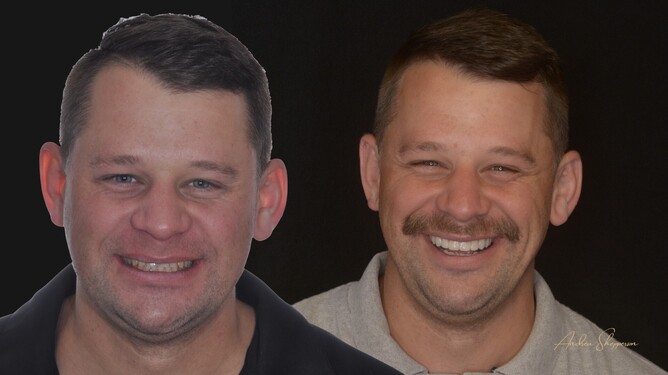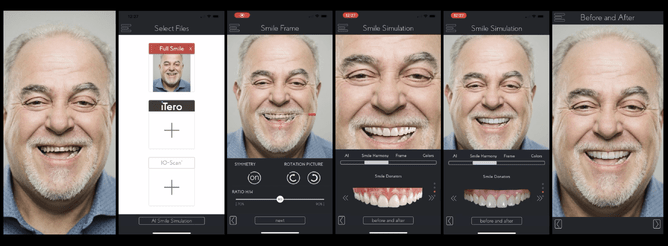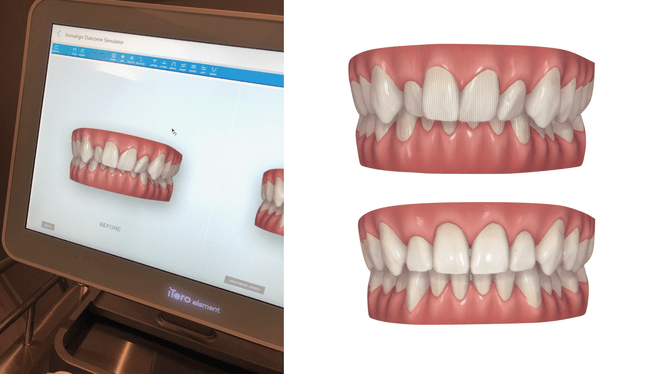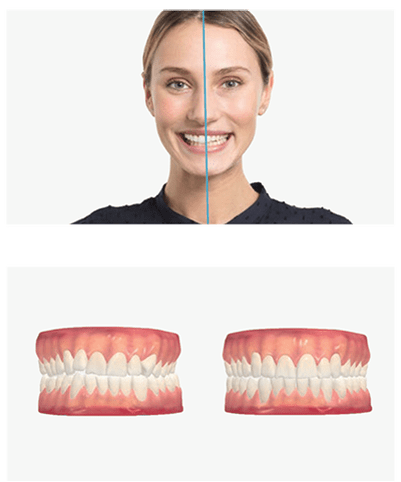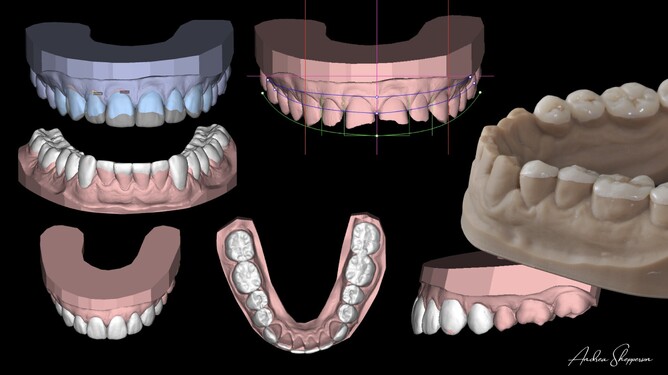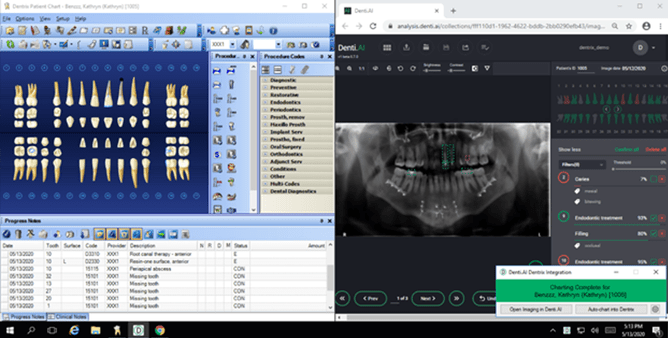Clinical dentistry has resumed around the world, after a hiatus of anxiety and uncertainty for dentist and patient alike.
The pandemic highlighted some poignant aspects of our profession; the challenge of human connection behind layers of PPE, and the joy when the masks come down; the plight of many patients who suffered dental pain and struggled to access care; the deep seated commitment of clinicians who risked their own health to help others; and the value that health holds in a crisis.
How will dentistry be in this new normal? How can we shape it to be better dentists and provide better outcomes for our patients? What tools do we have to drive engagement at a time of economic uncertainty?
Slow Is Better
Slow Dentistry ® has come of age. The Slow Dentistry movement promotes fundamental standards of care and excellence in delivery. Taking time and care has became the new mantra, ensuring patient safety and trust. Clinicians managing large volumes of patients with multiple, short appointments will be challenged in our new world. Post-Covid PPE demands mean dentists have more time to spend with patients to build value around health.
Dentistry Needs A Louder Voice
We learned how important oral health is to our security and peace of mind. Some patients faced life threatening dental emergencies. Social media channels were full of DIY dental emergency solution. Dentists, despite their strong desire to help, could often only prescribe antibiotics and pain relief. WHO reported on June 1 record rates of antiobiotic resistance. No dentist wanted this for their patients, and no patient needed the anxiety and stress of sourcing emergency care in lockdown. The general public now know terms like 'cytokine storm' and 'co-morbidity'. Are we linking these to oral health outcomes, and educating a newly informed public about our critical role?
We have never been better poised to start discussing dentistry as a fundamental part of overall health.
Conversations with colleagues over lockdown revealed that globally dentistry has a poor standing in the eyes of healthcare decision makers. In New Zealand we were considered non-essential at the start of lockdown, denying the public access to basic emergency healthcare. Dentists led an outcry and the Ministry of Health finally approved guidelines for care. Globally, dentists encountered a similar response from public health advisors who have a limited understanding of the importance of oral health to overall health, well-being and confidence.
Confidence as the Conduit to Health
Relevance and confidence are words that my patients are using today in seeking dental treatment. It's partly about how we look. It's also about the importance of health and well-being, at a time when health has never been so valued.
Some patients have had dental problems during lockdown and want peace of mind they won't encounter unforeseen problems again. Others are questioning their relevance in a tightening job market, wanting to present as youthful and valued. We have seen our own reflection in a Covid world, on the screen in a Zoom call during lockdown. A reluctance to smile has a profound impact on self confidence and engagement.
That lack of confidence is an opportunity to share the potential of health and well-being in highly visual ways. More than just a new smile, the visual experience is a pathway to wellness and confidence.
Digital Engagement
Dentistry now has an array of digital and online tools that enable us to reach patients and share our role in well-being. The Digital Smile Design App is a mobile tool that creates a Smile Simulation using AI and iPhone photography. Within a few minutes a patient can visualise their smile potential, and the path to health can begin. Soon to be released on iPhone, it has become even more portable, enabling designs to be delegated and easily shared.
Digital Smile Design (DSD) is a company that has led facially driven digital design for over a decade. Christian Coachman, the founder of DSD, built a workflow that established value in the eyes of the patient and opened dentists' eyes to inter-disciplinary dentistry. DSD is now the basis for many associated digital platforms.
A DSD collaboration with Align Technologies now offers facially and restoratively guided Invisalign® planning, and optimised tooth movement for a restorative end point. Orthodontic treatment planning may not have been a common consideration in restorative treatment planning; today it has become a necessary part of inter-disciplinary planning for any DSD dentist. DSD is the critical component, improving final tooth position and offering more conservative treatment and structural integrity of teeth.
Align Technologies also offer simulations of orthodontic tooth movement, using AI, to demonstrate the impact of Invisalign® with the Outcome Simulator in their ITero scanner.
Global technology giant 3Shape has their own AI version of Smile Design and Trios Treatment Simulator to allow patients to view the potential for orthodontic or restorative options.
P4 Thinking
The concept of the P4 approach to healthcare was first described by esteemed American biologist Leroy Hood. He described moving from a largely reactive, disease-care approach to a proactive P4 approach. The pillars of P4 are predictive, preventive, personalised and participatory healthcare. P4 medicine is fueled by systems approaches to disease, emerging technologies and analytical tools. I would add engagement as a key. Patients want to see for themselves the impact a proactive approach can take. I call this P5 Dentistry - adding Potential to the conversation.
While 'potential' has sometimes meant uncertainty or hypothesis, in a digital age it presents planning, precision and certainty. We now have the ability to create virtual potential with accurate digital, analytical and visual tools and transfer that to guided dentistry. This has never been a better time to engage with our patients.
Established Digital Technologies In Dentistry
The uptake of IOS (Intraoral Scanning) is growing across the profession and it has moved from an emerging technology to a mainstream part of modern dental practice. It mitigates the need for traditional impressions. It offers efficient workflows and a new range of materials that can be machine milled to provide cost effective solutions for patients.
Most dentists see IOS as a surgical/restorative tool rather than identifying the full P5 capability of the technology. In my view, it should be our starting point for a revolutionary P5 approach, putting us firmly and loudly at the table.
Digital dentistry opens the door to a new visual conversation about the importance of dentistry as part of overall health.
Digital P5 capability allows:
- High levels of touch screen patient engagement and visualisation, allowing patients to take concrete action to improve their health as they observe the impact of lifestyle decisions.
- Smile simulations that create emotional engagement and a desire for health.
- Clinician visualisation in 3D, as we have never seen before. We can generate 3D printed mock-up shells and models to replicate smile potential intra-orally.
- TimeLapse changes (iTero) and comparative modelling with Patient Monitoring(3Shape), allowing a 'quantified self' to be part of patient engagement. Tooth wear changes, gingival recession and tooth movement can be tracked over time.
- Orthodontic monitoring apps using AI to provide tracking feedback for patients.
- Incorporation of near-infrared imaging and fluoresecent technology to detect decay and fractures in teeth.
- 4D functional pathways that map jaw movements (3Shape, Modjaw).
- Data integrated into mobile devices for 'on the go' portable planning and sharing.
- Digital tools that are easy for staff to use, allowing dentists to focus on P5 biologic parameters and the delivery of care.
- Oral health therapists/hygienists have an opportunity to define their role as P5 clinicians, embracing all facets of digital diagnostics, AI and health potential. Ultimately a networked digital office, using wireless scanning, will enable all clinicians to embrace digital diagnosis.
AI Diagnostics
Artificial Intelligence is playing a much greater role in disease diagnostics. Denti.Ai is a cloud based artificial intelligence clinical decision support tool delivering solutions to emerging and large DSO’s across North America. The company leverages AI analysis of dental radiographs that detects key pathologies, past dental treatments, and other relevant features. Denti.AI is FDA-cleared for several use cases.
HelloPearl is another AI tool that uses proprietary x-ray analysis capability, to recognise dozens of dental pathologies, existing restorations and natural anatomy. It allows practitioners to assess robust data across their practice, spend more time with patients and prescribe better treatment options.
The Oral Systemic Connection
I took the chance over lockdown to renew my membership of the American Academy of Oral and Systemic Health (AAOSH). This not-for- profit organisation is passionate in its vision to educate medical and dental professionals about mouth-body connections and to help bridge gaps within the medical disciplines and dental professions.
Getting Back To Work
This is a time to carve a new future, with a seat at the table.
This unique industry, often poorly understood by others and embraced by those who love it, is poised to bring health, wellness and confidence to the world with new digital tools.
There will be many technologies I have missed. Please let me know your vision for a different kind of dentistry.
New Zealand is poised to return to pre-Covid life, with quarantine restrictions remaining for travelers. With all cases fully recovered and no community transmission we can resume practising life with a degree of normality and professional caution.
My sincere hope for those who are yet to resume dentistry, is that you get there safely and can begin to construct a new narrative in time. The economic impact on dental practices, suppliers, manufacturers and above all patients, has been and will continue to be significant. This article is not designed to put dentists or patients under duress and create unrealistic expectations. However when the time comes again, and it will, let’s change the conversation together and for the better.
Dr Andrea Shepperson runs New Zealand's only Digital Smile Design Clinic , using digital tools to diagnose, plan, design and 3D print a 'Test Drive' for patients. She uses P5 approaches in all of her work, with longevity in mind in all clinical decisions.

